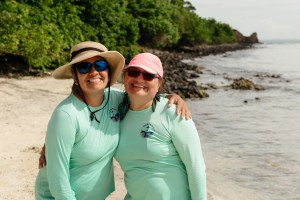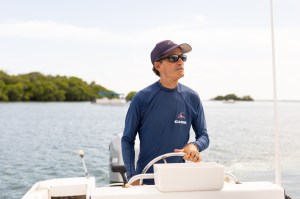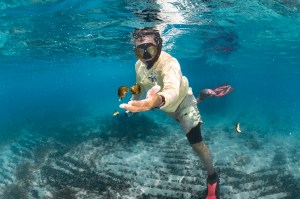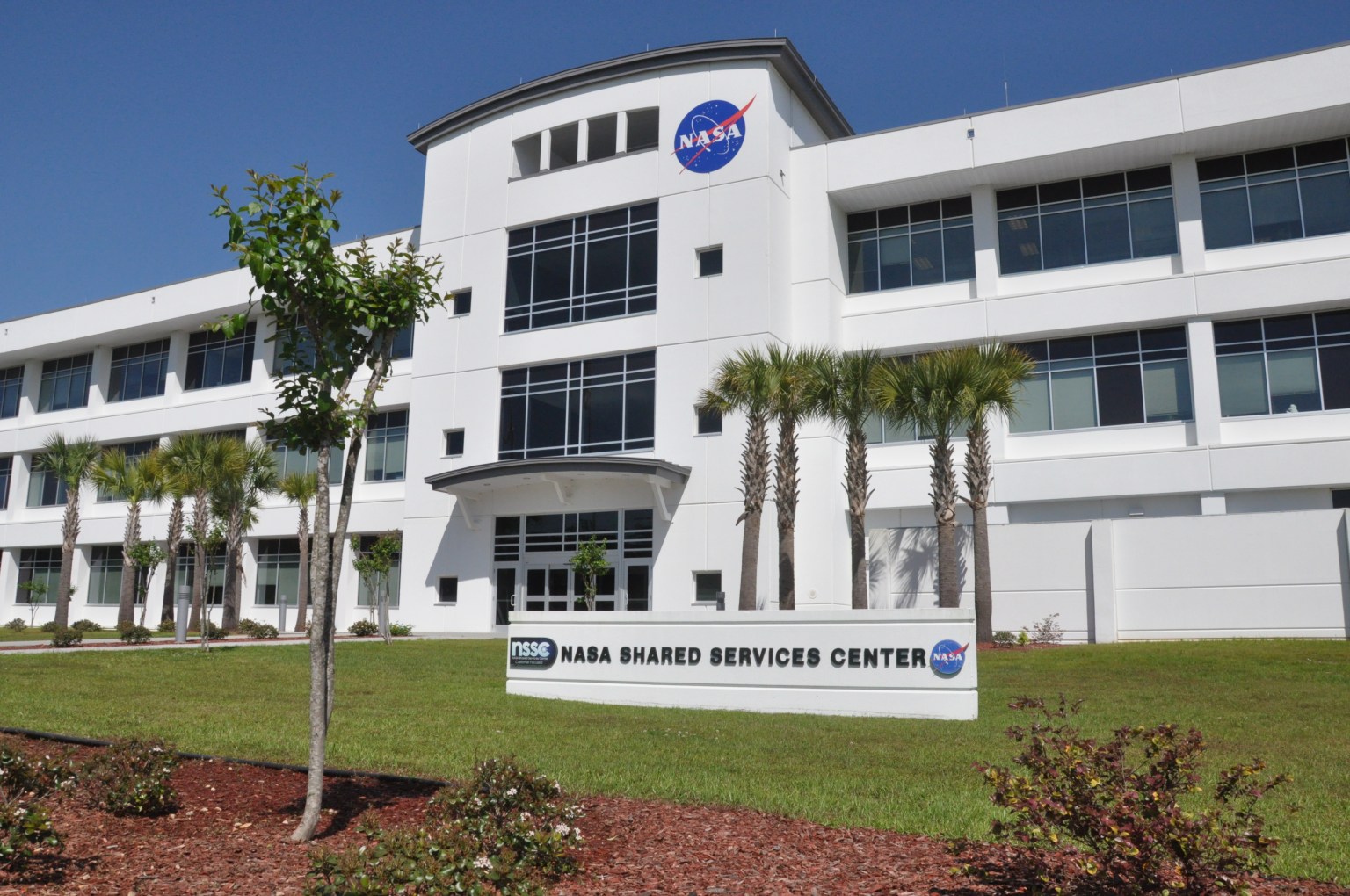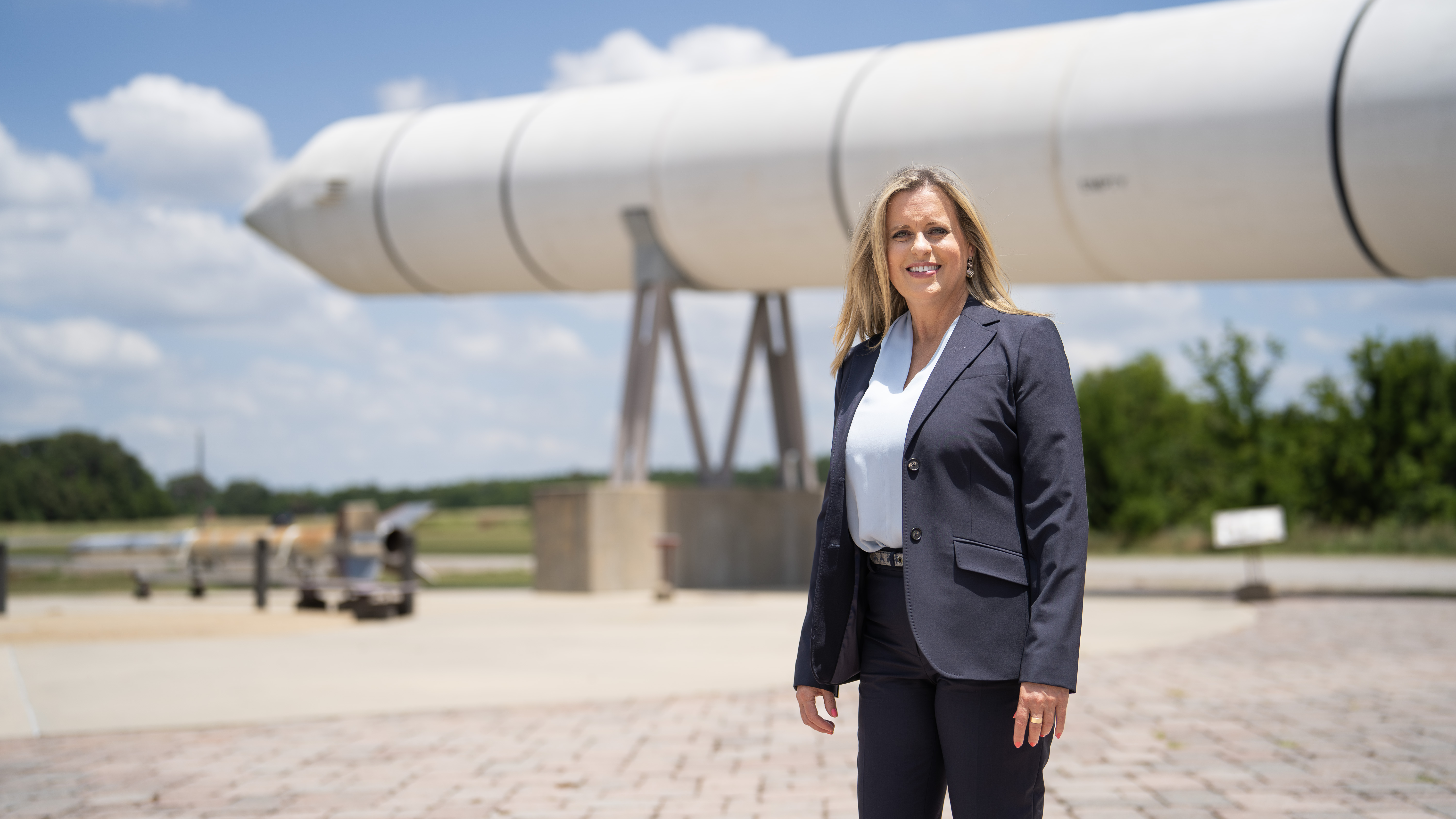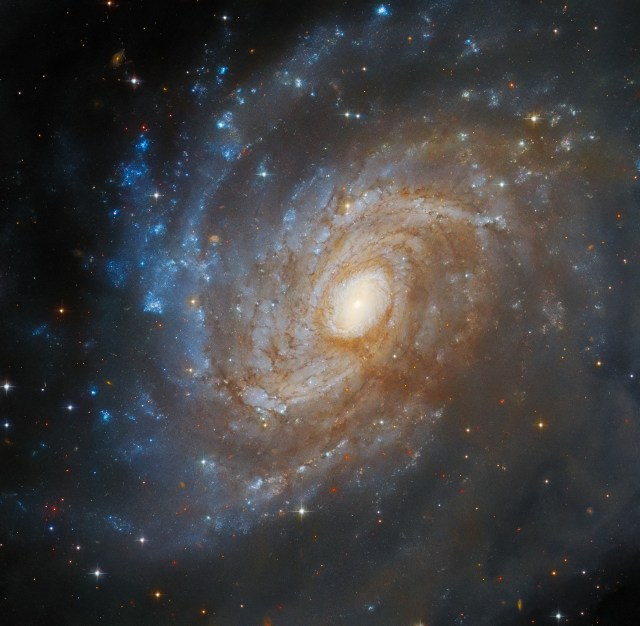Interview with OCEANOS Instructor Samuel Suleiman
What is your name and your role with OCEANOS? My name is Samuel Suleiman and I am the Executive Director of Sociedad Ambiente Marino: an NGO in Puerto Rico that has been working for the last 25 years to conserve our coastline and our reefs. During the OCEANOS internship, I am one of the Co-PIs […]

3 min read
Preparations for Next Moonwalk Simulations Underway (and Underwater)
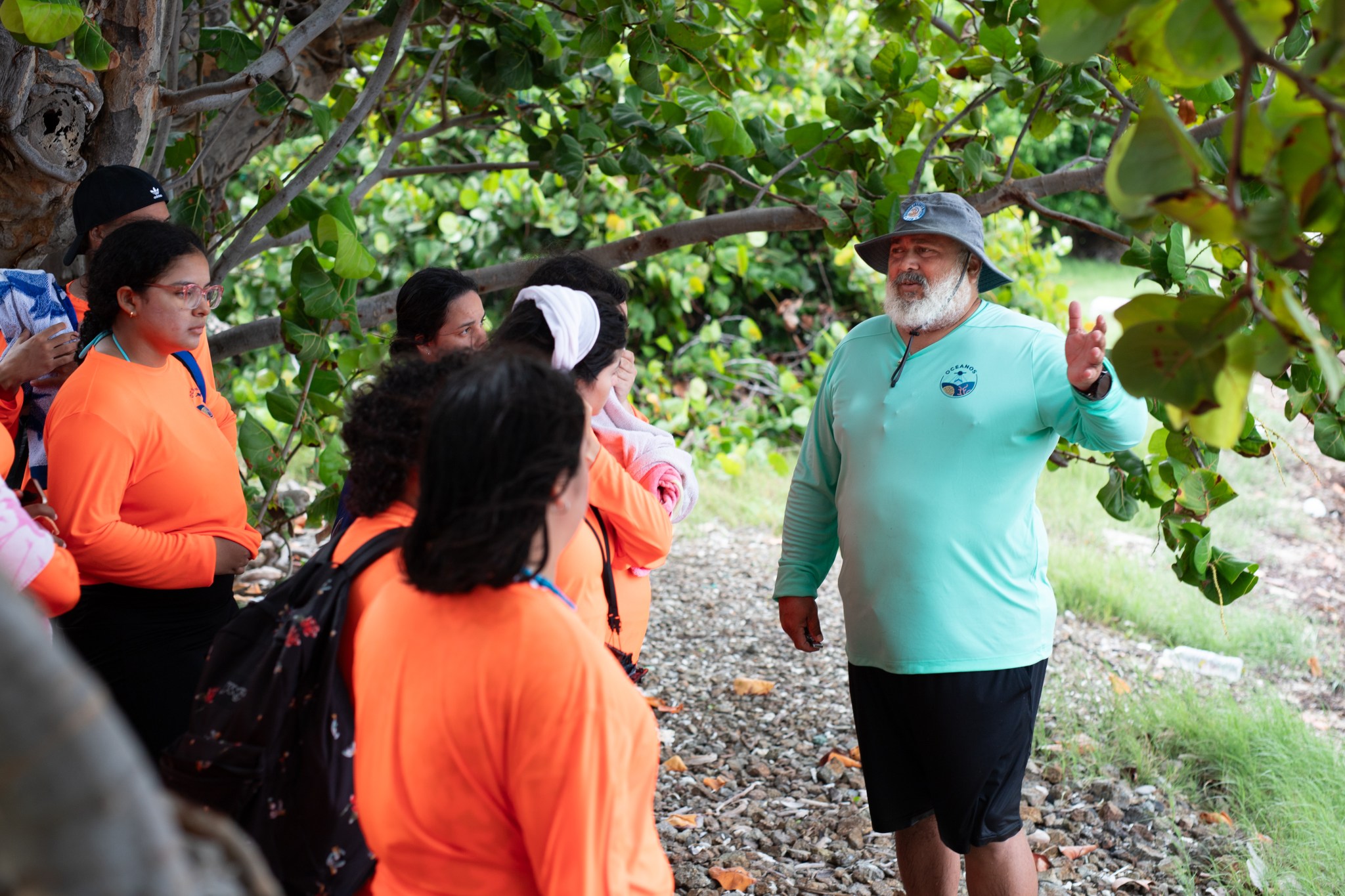
What is your name and your role with OCEANOS?
My name is Samuel Suleiman and I am the Executive Director of Sociedad Ambiente Marino: an NGO in Puerto Rico that has been working for the last 25 years to conserve our coastline and our reefs. During the OCEANOS internship, I am one of the Co-PIs (a co-instructor) for the project, and I’m in charge of the marine ecosystem in Culebra Island.
What is the importance of a program like OCEANOS, especially in Puerto Rico?
The OCEANOS internship is pretty important for those students that don’t have the opportunity to go directly to our natural resources. Puerto Rico is an archipiélago – an island surrounded with other small islands – and most of the population that we have on the island doesn’t appreciate or understand or protect our resources, because they haven’t had the opportunity to learn about it. OCEANOS provide this experience for these kids and also allows them to grow in different areas; not just in the in the lectures and the information and the marine science data, but also about working together as collaborators.
What are some ways you’ve seen the students grow over the course of the internship?
They have become more confident in the water compared to where we started, and they have start collaborating amongst themselves in their different research groups. They have also been changing their minds and attitudes, [which is] what we need for a better Puerto Rico and a better world.
How did you get into science?
I started in science because I wanted to be a pediatrician when I was a kid. I started in the Natural Science College at the University of Puerto Rico, then I changed to education in science. And I try to mix together my experience from the past: I almost drowned when I was five years old. Instead of paralyzing myself with fear of the water, I tried to explore, and I have been exploring since then; since I was five years old. Every time that I have the opportunity, I learn something new from the ocean.
What is something that has been rewarding about working with these students?
I think that we have to create a new kind of people that protect our resources. People that are willing to take what is needed to make a better world, and a better Puerto Rico.
What is something you hope the students take with them after this program?
I hope they feel a sense of belonging with the ocean, our coastline, our beaches, our resources, our reefs, our marine ecosystems. And I hope they can be ambassadors of these places.
Share
Details
Related Terms
What's Your Reaction?



















.jpg?#)























